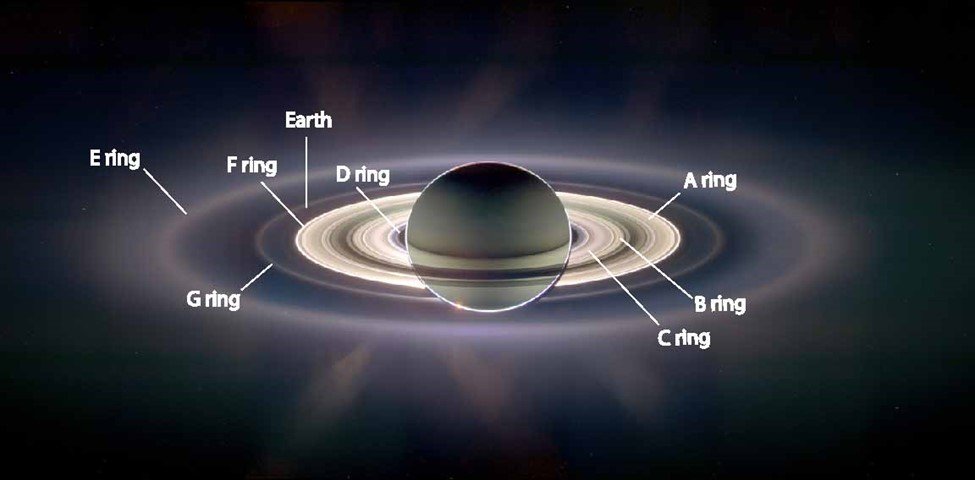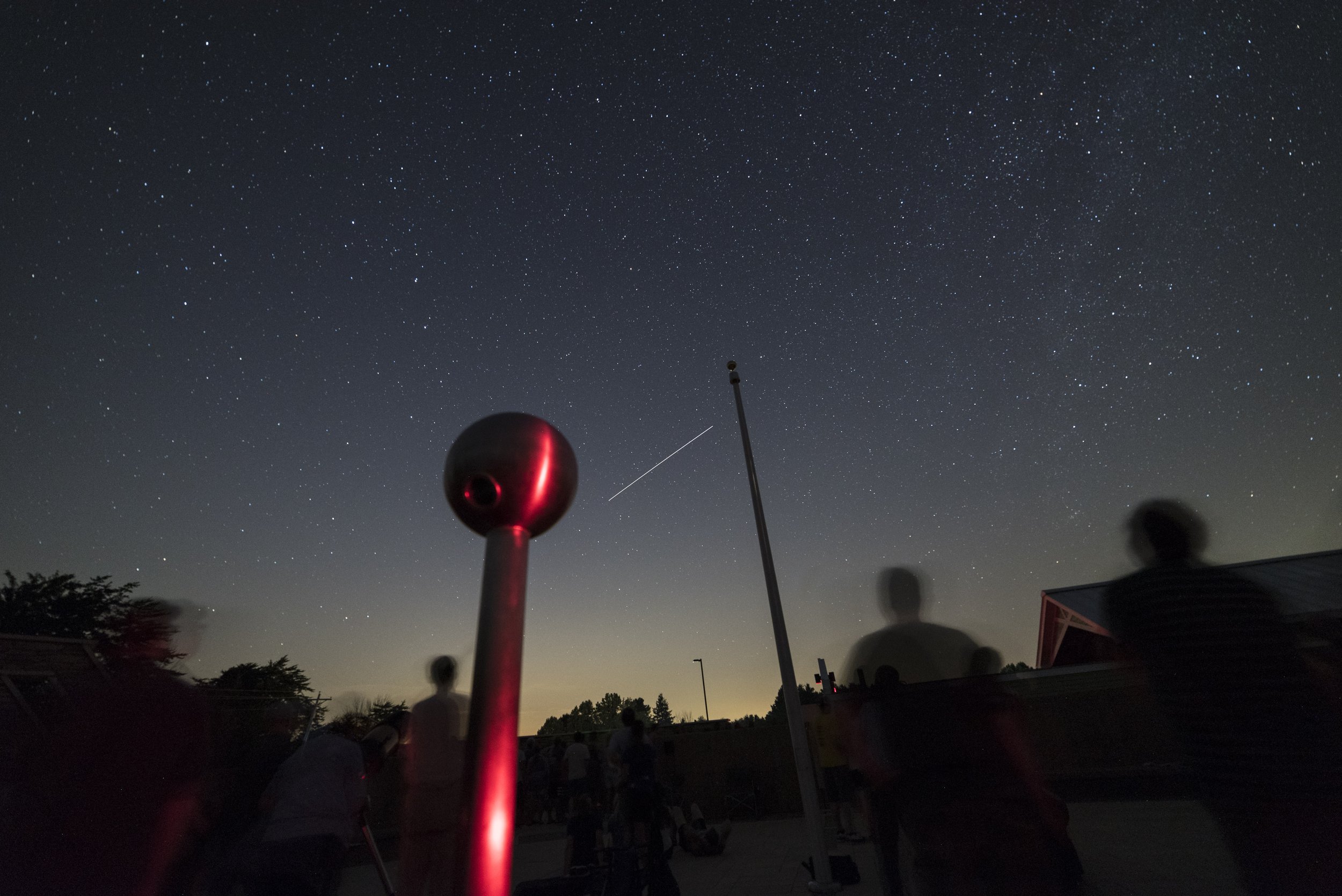Jared May: What's Up, September 1 - 7, 2022
What’s Up This First Week of September
As we enter September, Ohio will be greeting us stargazers and amateur astronomers with partially clear nights and temperatures near 70°F. Make sure to take advantage of these stargazing opportunities before it gets too cold at night, the weather becomes predominately overcast or the moon washes out the night sky.
Sunset this week is around 8 PM and the first stars will start peeking out shortly thereafter. Just two months ago sunset was at 9 PM – time sure does fly! Get out under the stars this week and try spotting a growing crescent moon, Saturn rising in the east, a teaser to the Fall sky – the Andromeda Galaxy, and the International Space Station (ISS).
It will be difficult to miss the crescent moon this week. It will be hanging out in the western and southern skies over the next several days as it progresses from waxing crescent to first quarter to waxing gibbous. Now is the best time to use your telescopes and binoculars to observe the moon. You will be rewarded with high-contrast surface features, like craters and mountains, all while keeping your eyes protected (sometimes viewing a full moon with binoculars is so bright it is painful). Are you able to identify the Sea of Tranquility, the Apennine mountains, or Tycho crater?
The crescent moon as seen on September 1.
After you have spotted the crescent moon in the west, turn your focus to the southeast and spot one of the evening’s first “stars” – Saturn. This gas giant reflects sunlight and appears to shine at magnitude 0.4, which is nearly 2.5 magnitudes brighter than most of the stars surrounding it in the sky. This translates to Saturn appearing to be 10x brighter than those nearby stars. Binoculars are a great tool to spot the massive ring system while a more powerful telescope can begin to resolve details hidden within the rings, like the different ring groups. Did you know that Saturn has 7 distinct ring groups? (https://caps.gsfc.nasa.gov/simpson/kingswood/rings/)
Saturn’s rings in a view that is impossible from Earth: with the sun on the other side of the planet. This image is a mosaic of several images taken by the Cassini space probe. It shows the visible (A, B, C, and D rings) and those invisible from Earth- only viewed when backlit.
Next, shift your focus a little more north to right between the constellations of Andromeda and Cassiopeia. Did one of the constellation names give away what this object is? You probably guessed it – the famous Andromeda Galaxy. This galaxy is similar to our own Milky Way galaxy in its composition and history. Use binoculars or a telescope to get a better view of this object. In about 4 billion years, Andromeda will collide with our galaxy causing quite the mess in the night sky. Despite over 1.25 trillion stars between the two colliding galaxies, there is almost zero chance any will actually collide with each other because there is so much empty space between stars on average!
How to find the Andromeda galaxy (best seen early in the week when the moon is not yet bright). Wait until late when these constellations are high in the sky.
The Andromeda Galaxy (M31) and its two fuzzy smaller companions (M32, below right and M110, top middle).
Lastly, into next week be on the lookout for the ISS passing overhead. The best times to see the ISS are Monday, September 5th at 5:42 AM (visible for four minutes, appears in the NNW sky and disappears in the NE sky) and on Tuesday, September 6th at 4:54 AM (visible for three minutes, appears in the NNW sky and disappears in the NE sky) – yes, you have to be an early-riser for these particular sightings but there are several shorter passes of the ISS to choose from so you can pick your preferred morning hour.
Download an app on your phone like “ISS Detector Satellite Tracker” to find when the ISS and other satellites will be overhead.
Skywatchers gaze at the ISS, seen earlier this summer. If you are a morning person, you have a chance to see a few passes this week.
Hopefully, the partially clear skies in the forecast work out to stargazer’s advantage this week. It won’t be too much longer before you will need blankets, a hat, and a winter coat to go stargazing. Enjoy getting lost in the night sky and realize that the distances and sizes of these objects you lay your eyes on are unfathomable to the human mind. While having this humbling experience, try spotting the crescent moon, Saturn, the Andromeda Galaxy, and the ISS.
Clear Skies!




